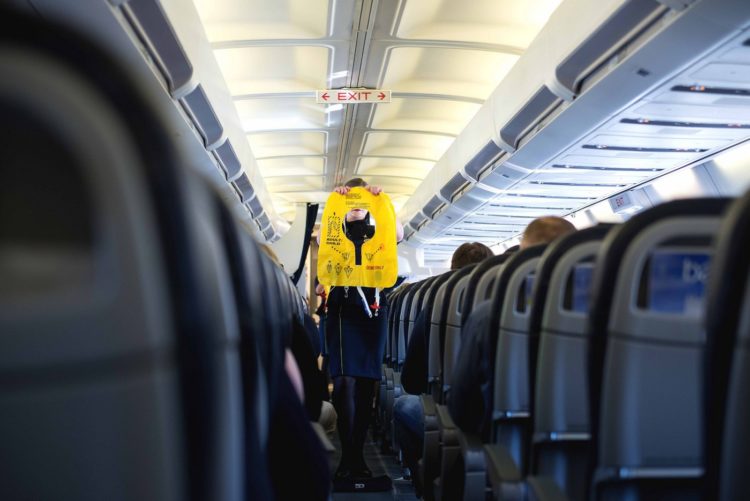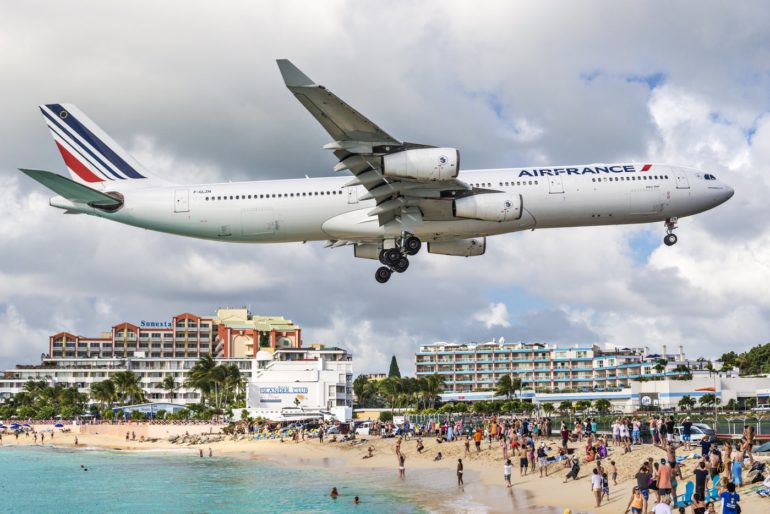What is the safest seat on an airplane?
Is any one particular seat on a commercial airplane safer than another in a crash? Is there anything you can do to increase your odds of survival if the plane goes down?
On a plane, how can you practice safe seating?
Let’s face it — plane crashes are scary and the idea of being trapped in an aluminum tube plummeting towards the ground at 500 MPH sounds like a patently awful way to go.
But now that you’ve lost your appetite and pushed your Cheerios aside, I do feel the need to point out that, statistically speaking, commercial aviation is a far safer way to travel than driving. In fact, according to the National Safety Council, as of 2013 your odds of dying in a car accident are 1 in 108, compared to 1 in 7,229 for flying.
If anything, it should make you rethink putting on your makeup while commuting. Anyway, if you’re still curious about which seat on the plane is theoretically safest, we can help. But first, a note: I’m not an aviation expert, a pilot, or an NTSB investigator. However, I’m good at research and I’ve seen every single episode of Air Crash Investigation. In short, if you follow my advice and it, uh, doesn’t work, please remember that I tried.
By the numbers
If you’re just interested in raw survivor numbers, the folks over at Popular Mechanics have done a lot of the dirty work for you. In fact, they’ve revealed some interesting things overall.
For starters, when you fly first or business class, you pay quite handsomely for a larger, more comfortable seat, free booze… and the highest likelihood of dying if the plane crashes.
Research that examined every crash in the NTSB’s database between 1971 and 2007 shows that your chance of survival in first class (or the front 15 percent of the plane in all-coach) is a mere 49 percent.
Okay, so you’re willing to give up the free drinks and seat that actually reclines. What now? Well, sitting in the middle raises your chances to 56 percent, but the overwhelming number of plane crash survivors come out of the seats that no one actually wants — people sitting in the seats behind the wing, towards the back of the plane, had a 69 percent chance of surviving a crash.
Makes the odd smells from the lav and listening to the flight attendants giggle about that night in Vegas a little more tolerable.

Not just a numbers game
Of course, it’s more than just where you sit that matters, it’s how you respond to an emergency and how prepared you are to deal with it. While we all roll our eyes and keep staring our phones while the flight attendants give the safety presentation, there are some helpful pointers in there.
Yes, I’m sure you know how to use a seatbelt, but more importantly, pay attention to where the exits are. Don’t just memorize the closest one — it might be blocked or unusable, so memorize the next closest one too.
Whether you’re sitting in an exit row or not, take a look at the laminated safety card — it will tell you how to open the emergency doors, just in case you happen to be the first one to the door.
And finally, even if you’ve decided to sit in the back with the rest of the safe crowd and have to buy your own drinks, think about opting for a Coke instead of a rum & Coke — you’ll be far more able to respond to an emergency promptly and efficiently if you aren’t half in the bag.







